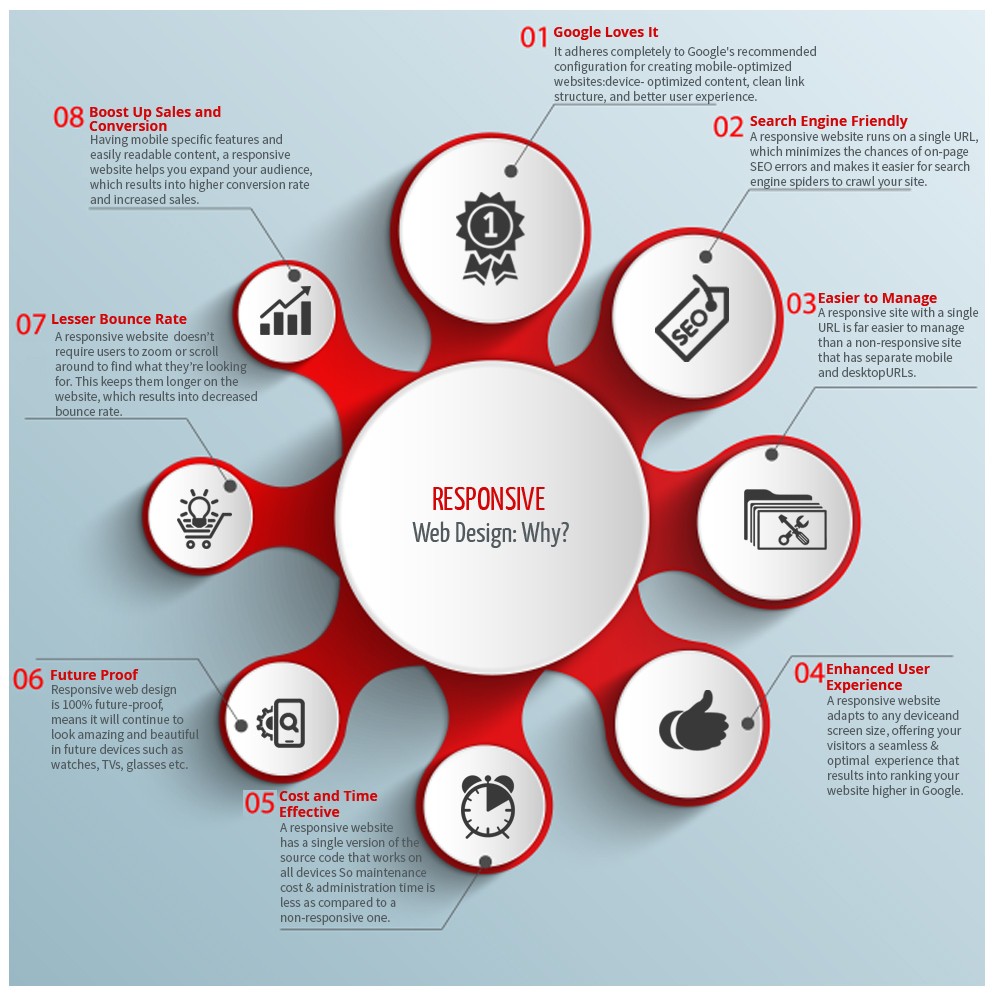The Growth Of Web Design: Then And Now
The Growth Of Web Design: Then And Now
Blog Article
Short Article Developed By-Bradshaw Hejlesen
In the past, sites were easy and concentrated on info. Navigation was direct, and layout was for desktop computers. Now, customer experience is essential. Information guides layouts for simple navigation. https://www.forbes.com/sites/forbestechcouncil/2022/04/26/the-impact-of-content-in-digital-marketing/ suit various gadgets. Google , dark setting decreases pressure, and minimalist food selections boost navigating. Interactive features engage individuals, and strong visuals stick out. AI combination enhances interaction. See how layout has actually evolved to improve your online trip.
Early Days of Website Design
In the very early days of website design, simplicity reigned supreme. Internet sites were fundamental, with limited colors, typefaces, and formats. The emphasis was on giving information as opposed to flashy visuals. Users accessed the net through sluggish dial-up links, so rate and functionality were key.
Navigation food selections were straightforward, normally situated on top or side of the web page. Internet sites were designed for desktop computers, as mobile browsing wasn't yet common. Web content was king, and designers focused on very easy readability over intricate design elements.
HTML was the primary coding language made use of, and developers had to work within its restrictions. Computer animations and interactive functions were very little compared to today's requirements. Internet sites were static, with little dynamic web content or customized individual experiences.
Rise of User-Focused Design
With the development of internet site layout, a change towards user-focused layout principles has actually ended up being significantly famous. Today, developing sites that focus on user experience is critical for engaging site visitors and achieving organization objectives. User-focused design entails comprehending the requirements, preferences, and actions of your target market to tailor the web site's format, content, and includes as necessary.
Designers now perform comprehensive study, such as user surveys and use screening, to collect understandings and feedback directly from individuals. This data-driven technique aids in developing intuitive navigating, clear calls-to-action, and aesthetically enticing interfaces that reverberate with visitors. By positioning the user at the center of the style process, web sites can provide a more tailored and satisfying experience.
Responsive style has actually likewise emerged as an essential aspect of user-focused layout, guaranteeing that web sites are enhanced for various tools and display dimensions. This flexibility improves access and use, dealing with the varied ways individuals engage with internet sites today. Basically, the surge of user-focused layout symbolizes a change towards creating digital experiences that focus on the needs and expectations of the end customer.
Modern Trends in Website Design
Explore the most recent fads shaping website design today. One popular trend is dark mode layout, supplying a sleek and modern-day appearance while reducing eye stress in low-light environments. One more crucial fad is minimalist navigating, streamlining menus and enhancing user experience by concentrating on essential elements. Including micro-interactions, such as animated switches or scrolling effects, can develop an extra engaging and interactive internet site. Receptive design remains essential, making certain seamless user experiences across numerous devices. Additionally, using strong typography and asymmetrical formats can include aesthetic rate of interest and draw attention to specific material.
Incorporating AI innovation, like chatbots for consumer support or tailored referrals, boosts individual interaction and simplifies processes. Accessibility has also end up being a significant trend, with designers prioritizing inclusive layout techniques to cater to varied customer requirements. Welcoming sustainability by optimizing internet site performance for rate and efficiency is one more emerging fad in website design. Teaming up with user feedback and information analytics to iterate and boost design constantly is crucial for remaining pertinent in the ever-evolving electronic landscape. By embracing these contemporary fads, you can produce an aesthetically attractive, user-friendly internet site that reverberates with your target market.
Conclusion
As you review the advancement of web site design from the early days to now, you can see exactly how user-focused style has come to be the driving pressure behind contemporary trends.
Welcome the trip of adjustment and adaptation in web design, always maintaining the user experience at the center.
Stay present with the current trends and innovations, and never stop evolving your method to create visually spectacular and easy to use web sites.
Progress, adapt, and create - the future of web design remains in your hands.
